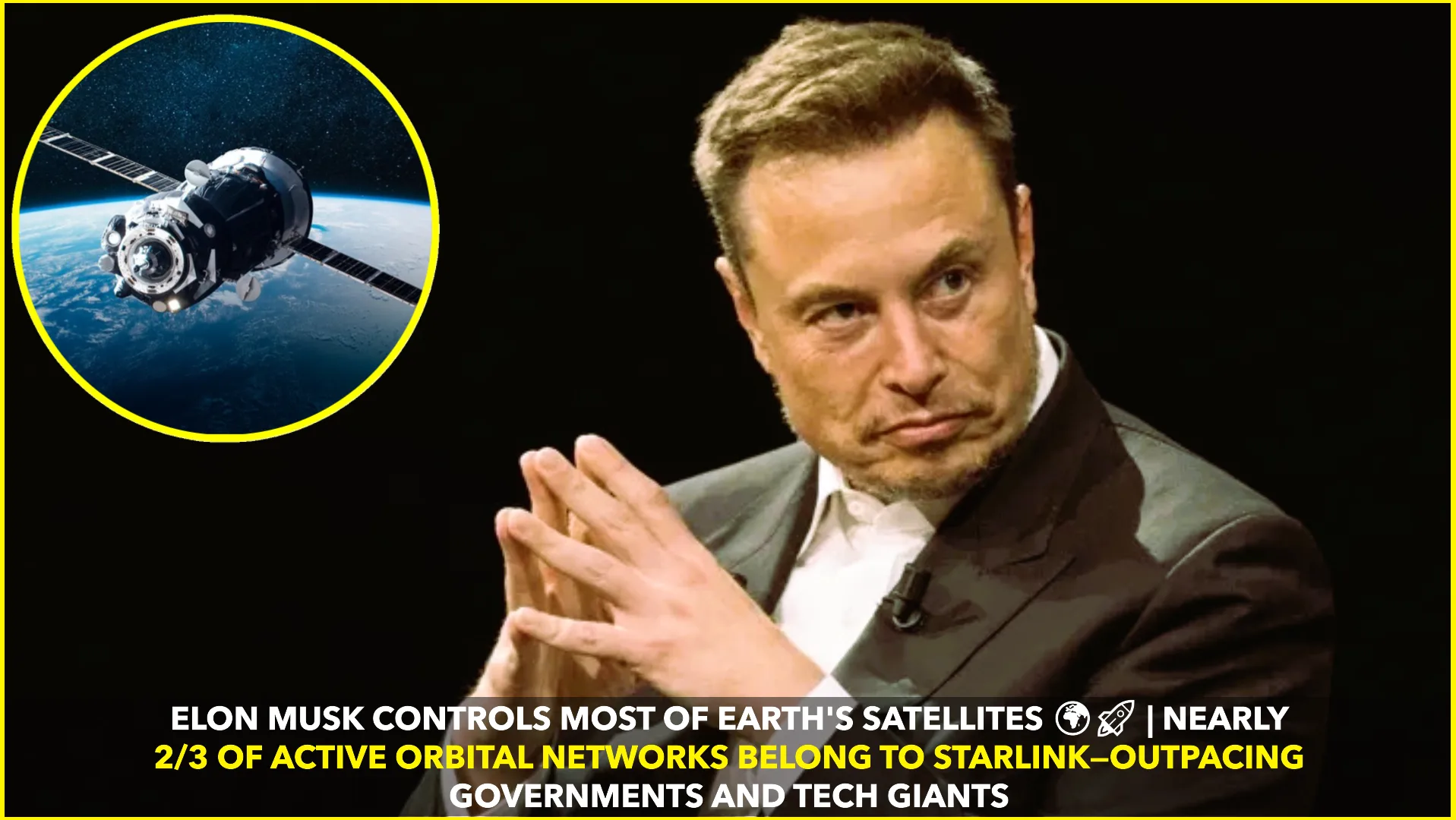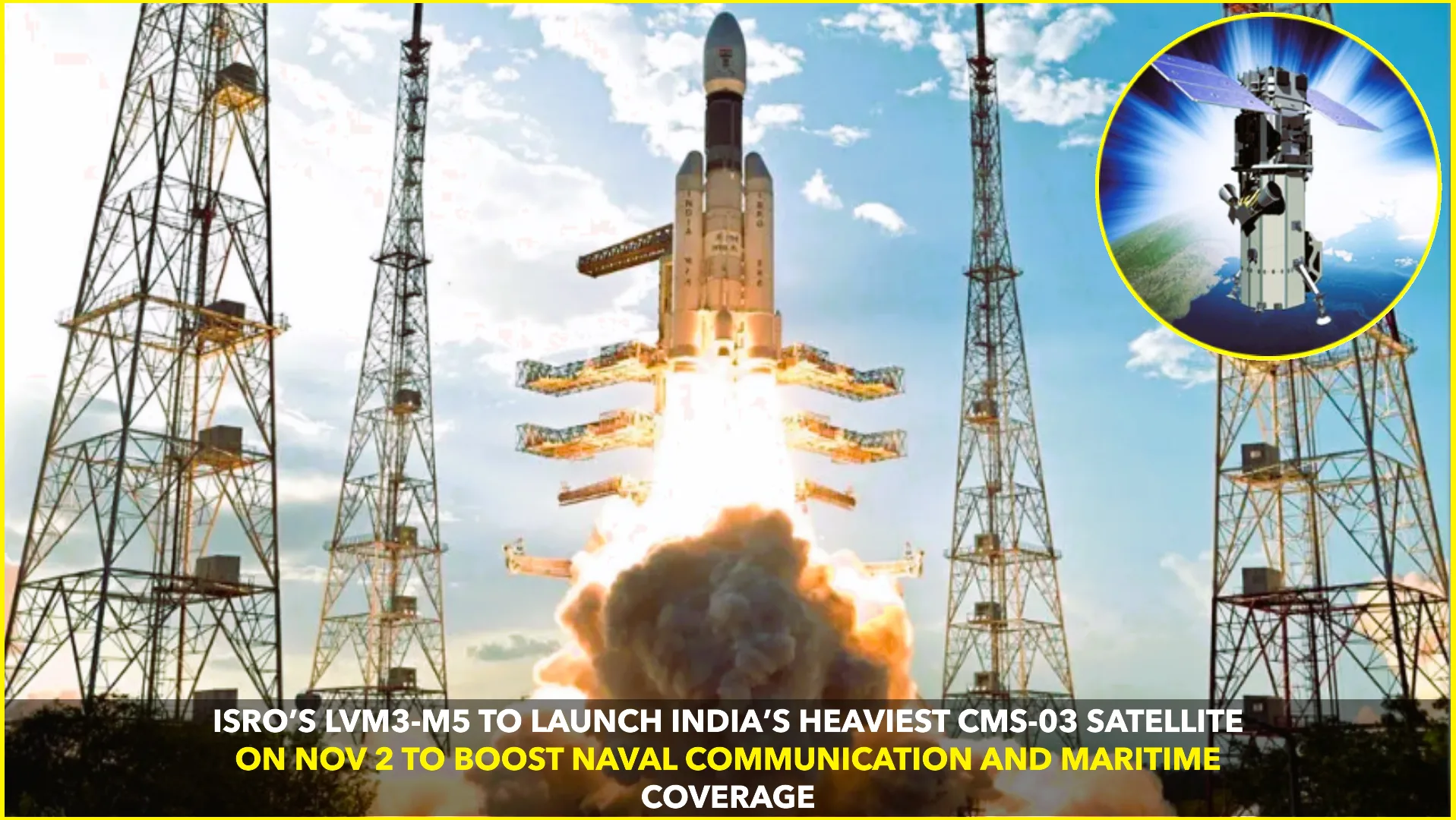In a startling revelation of technological dominance, Elon Musk’s SpaceX now controls the majority of satellites orbiting Earth. The Starlink satellite internet network, operated by SpaceX, currently has around 7,855 active satellites in orbit, according to real-time satellite tracking data compiled by astrophysicist Jonathan McDowell and supported by sources like Satellite Map and the Union of Concerned Scientists (UCS) Satellite Database.
Globally, there are about 12,149 active satellites in orbit as of July 2025, which means Musk’s Starlink system accounts for nearly two-thirds—approximately 64.7%—of all operational satellites circling the planet.
This unprecedented level of control gives Musk an outsized influence on global internet infrastructure, space communications, and orbital traffic management, rivaling, and in some cases surpassing, governments and international agencies.
Starlink’s Rapid Expansion: From Beta Test to Global Grid
When Starlink launched its first batch of 60 satellites in May 2019, it was hailed as an ambitious experiment. Fast forward to 2025, and it has become the largest satellite constellation ever built—dwarfing all others in size and coverage. The goal is to provide high-speed, low-latency broadband across the globe, particularly in remote and underserved regions.
Starlink’s satellites operate in Low Earth Orbit (LEO), approximately 550 km above the Earth, enabling faster data transmission compared to traditional geostationary satellites.
The speed of deployment is staggering. SpaceX uses its reusable Falcon 9 rockets to launch up to 60 satellites per mission, often launching multiple times per month. Just in 2024 alone, over 2,000 Starlink satellites were launched.
Global Implications: Connectivity, Sovereignty, and Space Traffic
While Starlink’s benefits include internet access in war zones, disaster areas, and rural communities, the scale of Musk’s satellite dominance raises concerns.
1. Internet Monopoly Risks:
Governments and tech experts warn of a potential monopoly over space-based internet infrastructure. Musk could wield immense leverage in geopolitics and digital commerce, especially in countries where Starlink becomes the primary or only internet provider.
2. Space Congestion & Collision Risk:
The sheer number of Starlink satellites contributes to growing concerns over space debris and orbital congestion. There have already been instances where other satellite operators and space agencies had to maneuver to avoid Starlink satellites, increasing the burden on global space traffic coordination.
3. National Security and Regulation:
No other nation or private entity has such concentrated control over orbital assets. Regulators and defense analysts are calling for international rules and cooperation frameworks to ensure space remains a neutral, shared resource.
Musk’s Vision and Next Steps
Elon Musk has stated that his ultimate goal is to fund his Mars ambitions through Starlink’s success. Starlink recently surpassed 3 million subscribers, according to SpaceX, and aims to reach 10 million by the end of 2026.
In addition to consumer internet, Starlink is being integrated into military communications, maritime services, and aviation systems, further expanding its global footprint.
As SpaceX prepares for future launches and regulatory debates heat up, one thing is clear: Elon Musk is no longer just building rockets—he’s building orbital infrastructure that could define the future of the internet and space governance.
Sources:










